Cycle the Taff Trail
Sweeping out from the hustle and bustle of Cardiff city centre to the rugged hills of Brecon, the Taff Trail has become one of the finest cycle rides in Wales. You’ll pass castles, reservoirs, waterfalls, and lots of natural wonders on this big spring day out
Cardiff Bay
The Taff Trail officially starts at the Roald Dahl Plass (formerly the Oval Basin) and winds its way 55 miles north to the town of Brecon.

There are plenty of places here in Cardiff Bay to stock up on a hearty breakfast before heading out.
Formerly known as Tiger Bay, the area has become the largest waterfront development in Europe, with a variety of pubs, bars, restaurants, and hotels. The construction of the barrage is one of the largest engineering projects in Europe and the harbour experiences one of the world’s greatest tidal ranges.
To begin your Taff Trail experience, follow the signs out of the Bay and up towards Cardiff City Centre.
Cardiff Castle
Before long, you’ll reach Cardiff’s famous castle. The original motte and bailey castle was built in the late 11th century by Norman invaders on top of a 3rd-century Roman fort.
The castle changed hands many times over the next 700 years but it was the 3rd Marquess of Bute, who in 1866, employed the genius architect William Burges to transform the castle lodgings. Within gothic towers, he created lavish and opulent interiors, rich with murals, stained glass, marble, gilding, and elaborate wood carvings. Each room has its own special theme, including Mediterranean gardens and Italian and Arabian decoration. The 3rd Marquess died when he was only 53 years old in 1900.
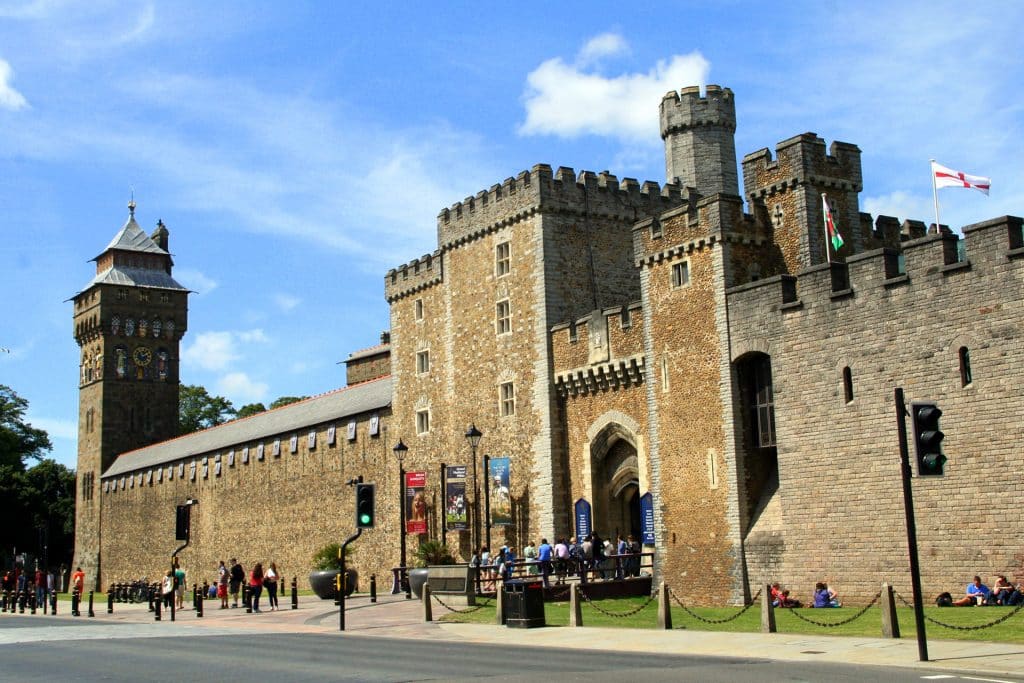
Despite huge death duties on the estate, the 4th Marquess completed many of his father’s restoration projects including the reconstruction of the Roman wall. The Bute family continued to stay at the castle throughout the 1920s and 1930s, although they had sold off many of their business interests in south Wales.
A gift to the city of Cardiff following the death of the 4th Marquess of Bute, the family decided to give the castle and much of its parkland to the city of Cardiff. For 25 years, the castle was home to the National College of Music and Drama and since 1974, has become one of Wales’ most popular visitor attractions.
Castle Coch
As you head out of the city on the Taff Trail, you’ll pass the well-known Llandaff Cathedral and several weirs before stumbling across Castle Coch (Castell Coch to give it its Welsh name).
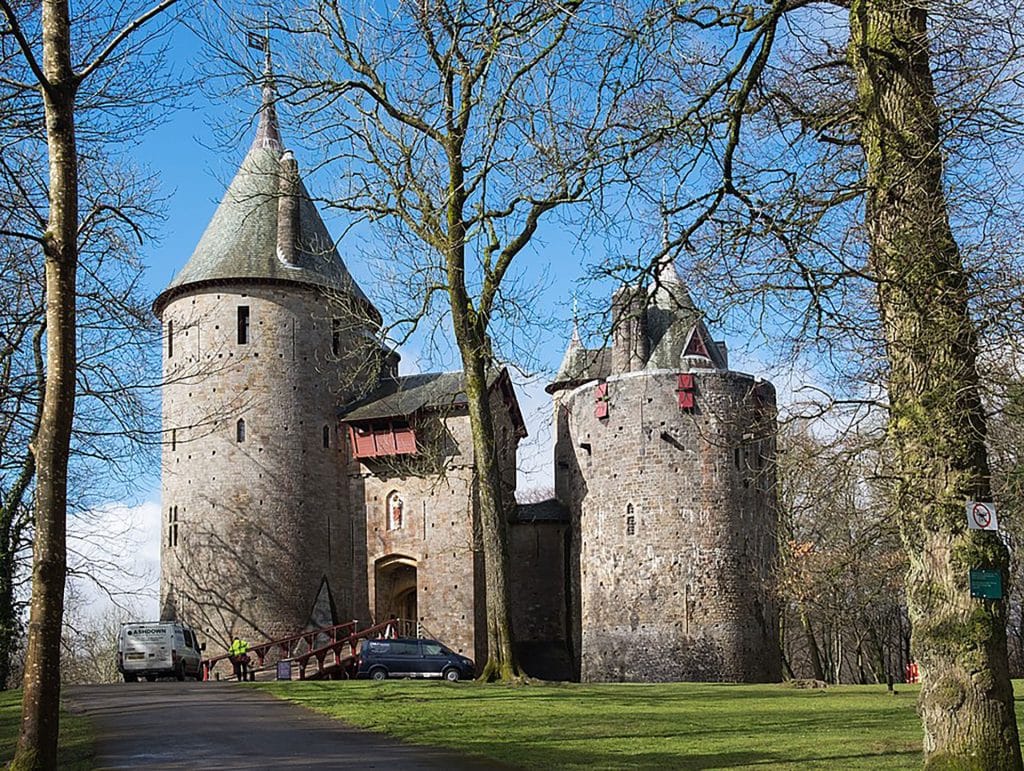
The castle is a 19th century Gothic revival castle built on a site that was originally created by the Normans in 1081. The castle offers tea rooms and gives great views back over the city.
The Taff and Pontypridd
Leaving Cardiff, you’ll soon be heading into Rhondda Cynon Taff where you will follow the River Taff on to Pontypridd.
The Taff was once a key trade route between the valleys and the Bristol Channel but these days, it is a haven for wildlife, reflecting how much cleaner it is today than a generation ago. Look out for kingfishers and grey heron feeding on the banks of the river.
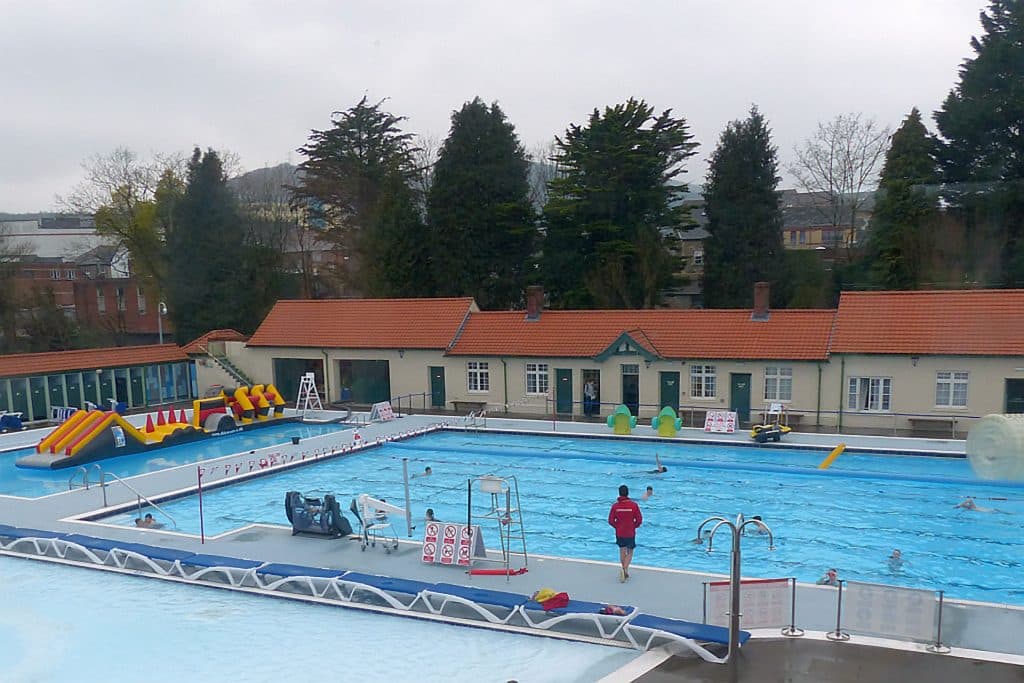
On the trail there is plenty of opportunity to stop and picnic before arriving at the industrial heritage town of Pontypridd, the birth home of singing legend Tom Jones, where you will find a museum, a distinctive old bridge, and Ynysangharad Memorial Park.
The park is now home to Pontypridd Lido, which has been restored to its former glory, including 1920s turnstiles, wooden cubicles, and the newly-built Waterside Café.
On to Merthyr
At Pontypridd, there are opportunities to take other pathways such as the Celtic Trail. There are plenty of attractions including the Rhondda Heritage Park at Trehafod where you step back to another time and experience life underground at the Lewis Merthyr Colliery with the help of a former miner guide.
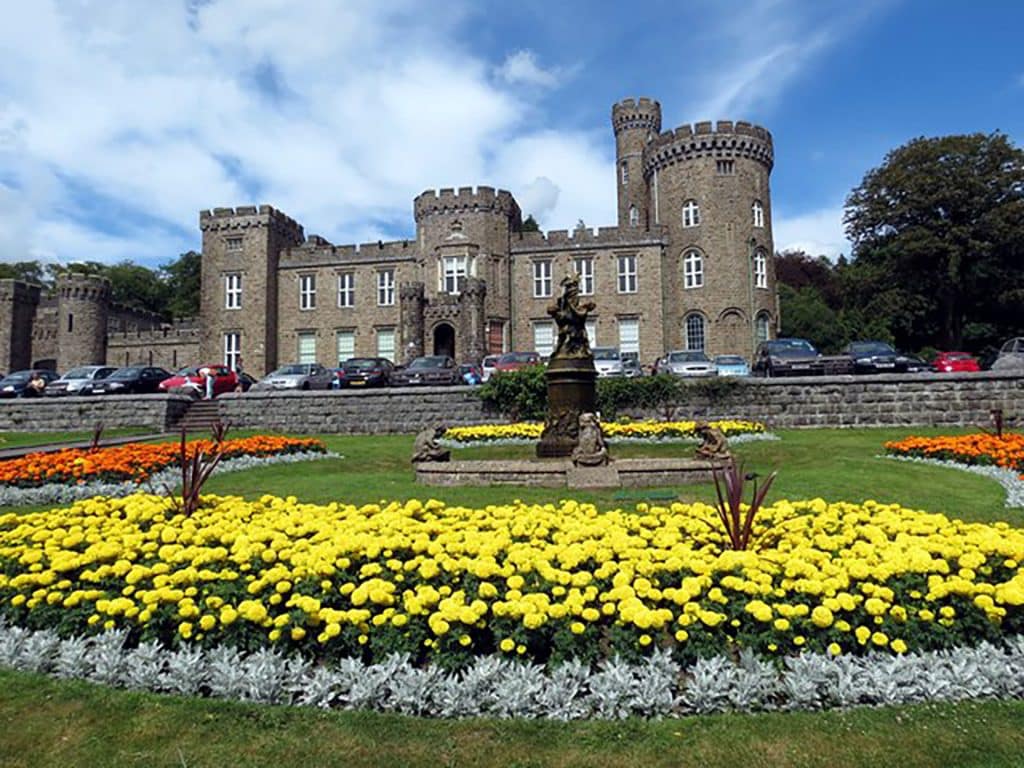
Continuing on the Taff Trail, you’ll be heading for the historic town of Merthyr Tydfil. The area was built on iron and coal, and of course, was where the infamous Merthyr Rising took place. You can take the opportunity to visit Cyfartha Castle where there is a museum and an art gallery.
Up into the hills and through the Beacons
Leaving behind the populated areas of Merthyr, the Taff Trail now heads out to Pontsticill Reservoir in the Brecon Beacons.
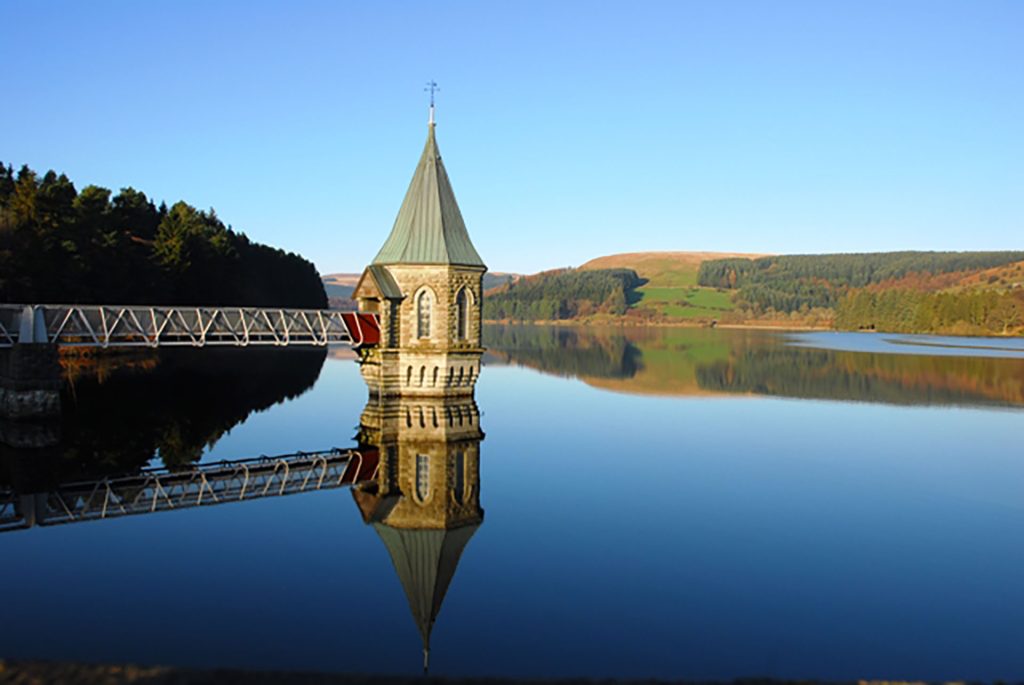
The route crosses the spectacular Cefn Coed Viaduct and passes through woodlands as it climbs gently up to the reservoir at Pontsticill. There are stunning views of the highest mountains in the Brecon Beacons National Park. While the route is mostly traffic-free following a disused railway line, the final section to the reservoir is on quiet roads.
Brecon Mountain Railway
The section of line chosen for the Brecon Mountain Railway was part of the abandoned Brecon and Merthyr Railway. Originally built in 1859, it finally closed in 1964. This railway fought its way through the Brecon Beacons using steep gradients to the summit at Torpantau, 1,313ft above sea level.
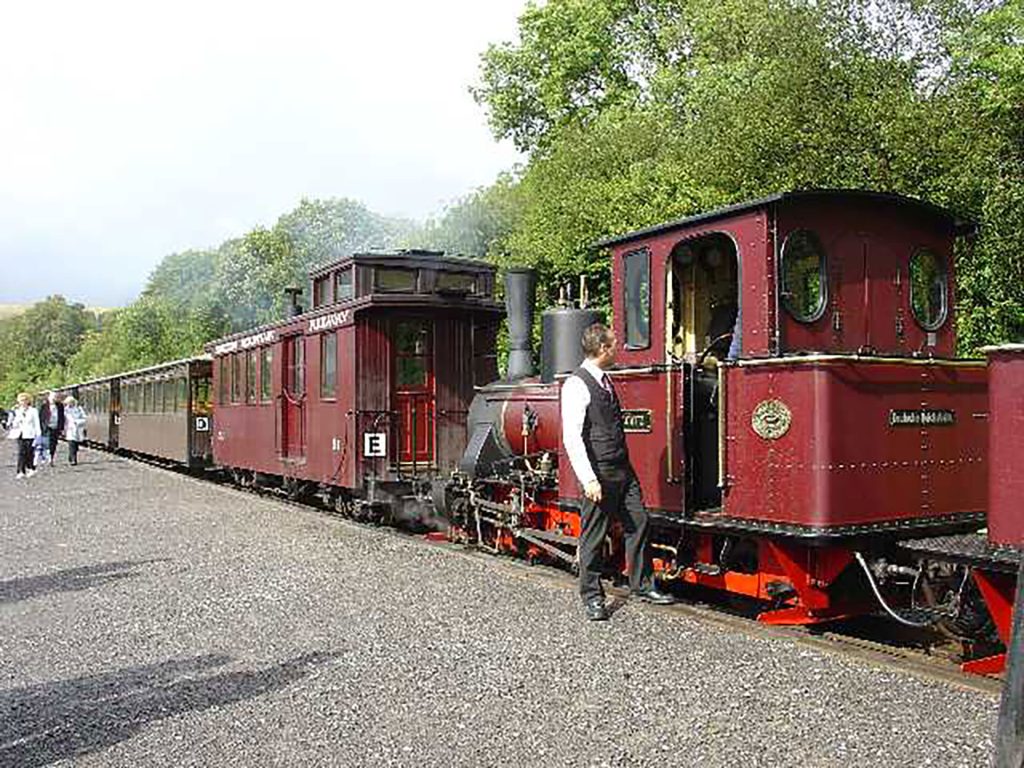
Between 1982 and 1996, a large station and workshop was built and subsequently extended. This now provides passenger facilities including toilets, cafe, shop, and booking office as well as the extensive workshop used to build and maintain the railway locomotives, carriages, and wagons.
Brecon
The historic town of Brecon boasts Georgian architecture and a fine cathedral. You can follow the Captain’s Walk and see the remains of Brecon’s medieval walls, or visit the South Wales Borderers Museum at Brecon Barracks. Take advantage of good weather to cruise the canal that links Brecon with Newport.
Brecon’s town walls were constructed by Humphrey de Bohun after 1240. The walls were built of cobble, with four gatehouses and were protected by ten semi-circular bastions.
If you are planning to cycle the entire Taff Trail, please ensure that you dress appropriately and that you are well prepared for the 55 mile ride. Check the weather forecast beforehand and take plenty of food and drink with you.

